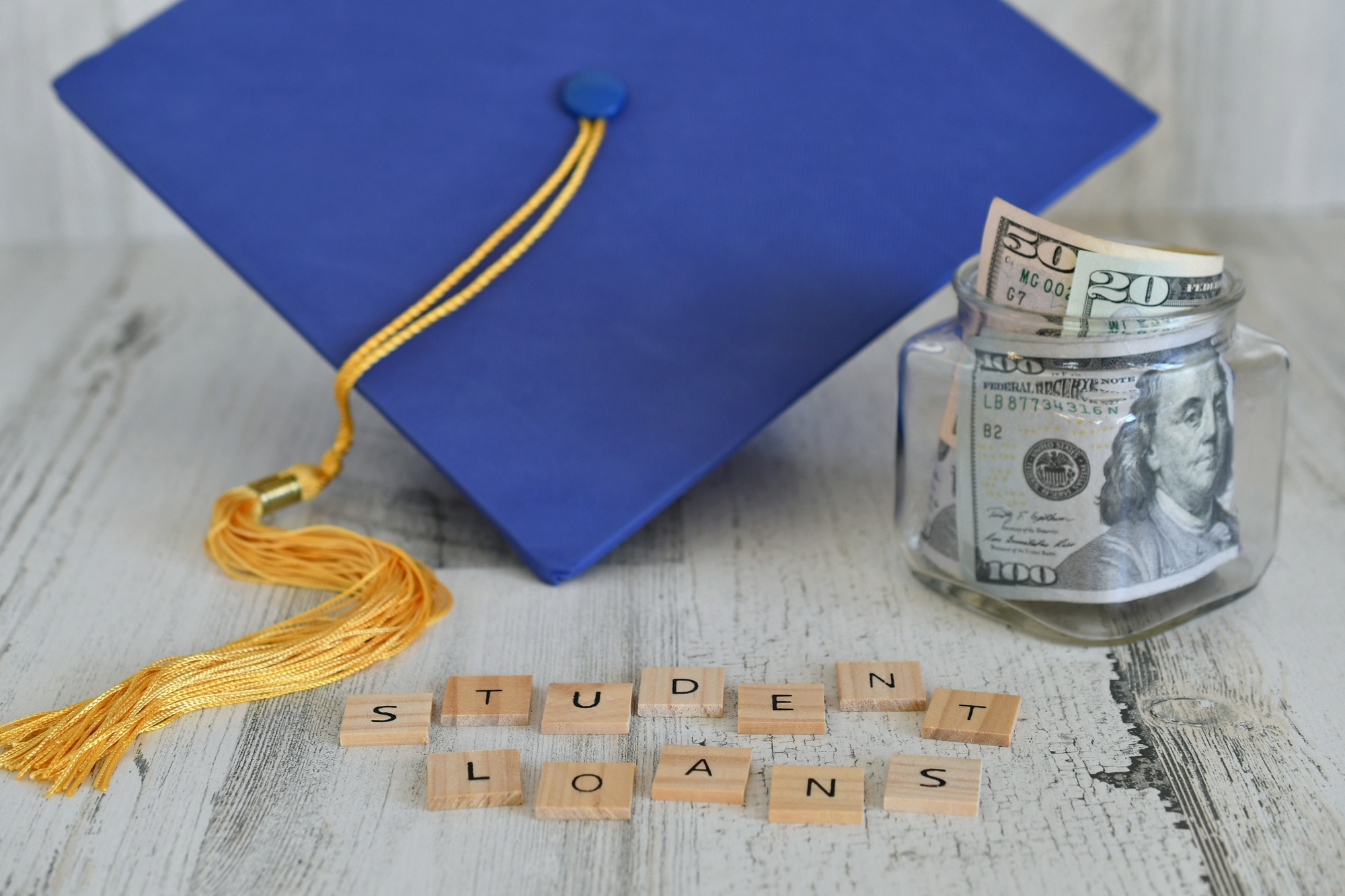Paying off student loans can be a daunting task, especially for recent graduates grappling with high monthly payments amidst rising living costs. As interest rates fluctuate and economic pressures increase, borrowers are increasingly seeking ways to save money while effectively managing their student debt. This article explores various strategies to help individuals save money during the repayment process, with insights from financial experts.
Market Impact
The student loan crisis in the United States has reached alarming proportions, with the total student loan debt surpassing $1.7 trillion. According to the Federal Reserve, approximately 45 million Americans are currently repaying federal student loans, and many are finding it increasingly challenging to keep up. With the recent shifts in interest rates influenced by Federal Reserve policies, borrowers may find that now is an opportune time to reassess their repayment strategies.
One effective way to save money is by consolidating federal loans or refinancing private loans. According to a study by Credible, borrowers who refinance their student loans can save an average of $20,000 over the life of the loan. By seeking lower interest rates through consolidation or refinancing, borrowers can significantly reduce their monthly payments and total interest paid over the loan period.
Understanding Loan Types
A crucial factor in determining the best repayment strategy is understanding the types of student loans one holds. Federal loans often come with borrower protections and repayment options that private loans lack. Programs such as Income-Driven Repayment (IDR) allow borrowers to pay a percentage of their income toward their loans, which can help alleviate financial stress during periods of reduced earnings.
Many lenders also offer benefits for early payments or discounts for autopay, which can further reduce the overall cost of borrowing. Additionally, borrowers should be aware of available loan forgiveness programs for those in education, public service, or non-profit sectors.
Expert Opinion
Financial advisor Sara Mitchell suggests that creating a dedicated budget is crucial for successfully paying off student loans while saving money. “Understanding your income versus expenses is paramount,” she notes. “Once you have a clear view of your financial situation, you can allocate funds more effectively, allowing you to pay off loans faster while still contributing to savings.”
Mitchell also emphasizes the importance of maintaining an emergency fund. “Life is unpredictable; a solid financial cushion reduces the likelihood of accruing additional debt during unforeseen situations,” she adds. Having an emergency fund of three to six months’ worth of expenses can provide peace of mind and financial stability as borrowers manage their monthly payments.
Exploring Scholarships and Assistance Programs
In addition to budgeting and refinancing, borrowers should explore potential loan forgiveness and scholarship opportunities that can further alleviate their financial burdens. Programs such as Public Service Loan Forgiveness (PSLF) offer significant relief for qualifying individuals who dedicate their careers to public service, while others may qualify for state-sponsored tuition reimbursement programs.
Furthermore, according to a report by the National Association of Student Financial Aid Administrators (NASFAA), many education-focused organizations and foundations provide grants and scholarships for students actively pursuing additional education or training. These financial aids can significantly reduce the amount borrowers may need to allocate towards their student loans.
What’s Next?
As the economy continues to evolve and interest rates fluctuate, borrowers should stay informed about their options. Networking with financial professionals and attending informational workshops can empower individuals to make educated decisions about their loan repayment strategies.
In conclusion, managing student loans and saving money can coexist with a strategic approach. By consolidating loans, understanding the intricacies of repayment plans, budgeting effectively, and exploring available assistance programs, borrowers can navigate their financial futures more efficiently. As the landscape of student debt shifts, proactive measures can lead to long-term financial health and security.








